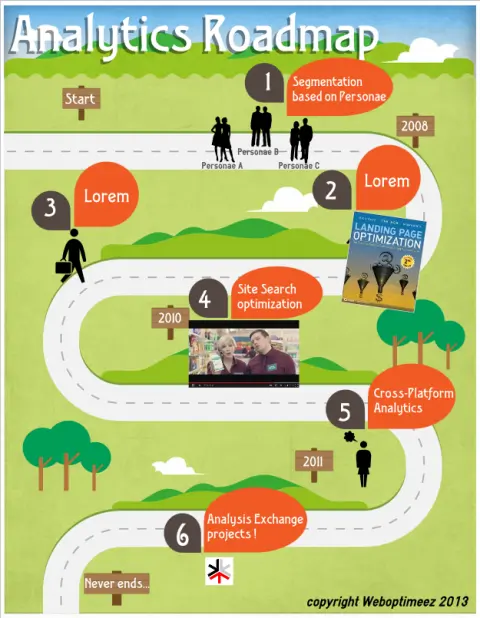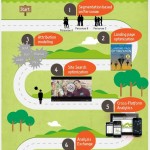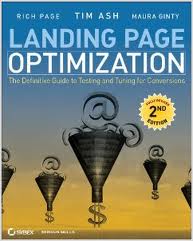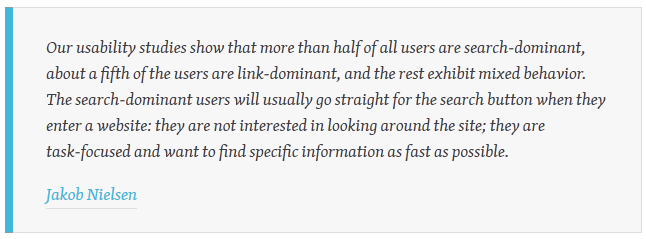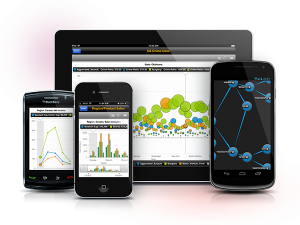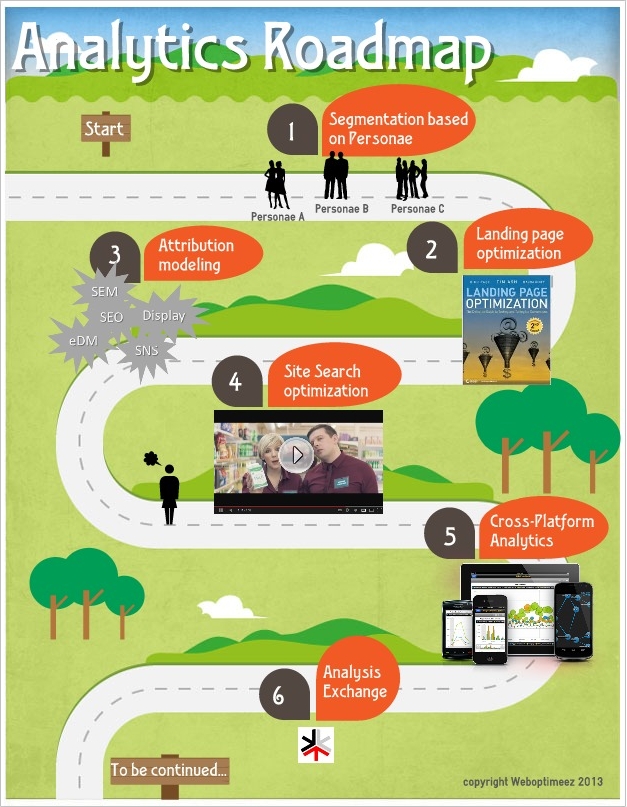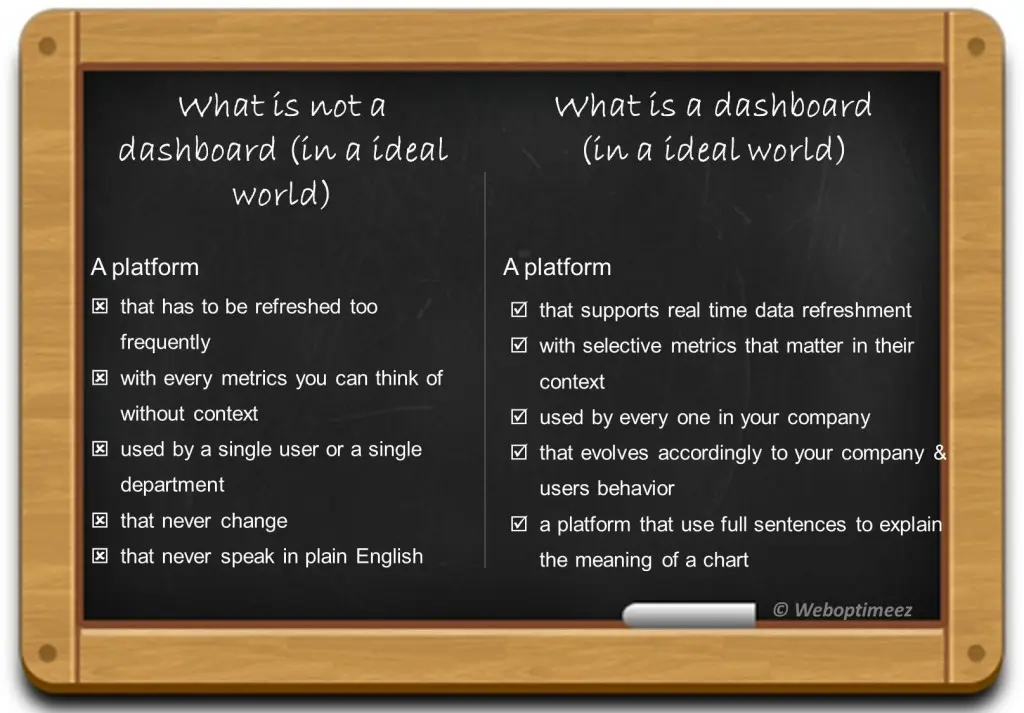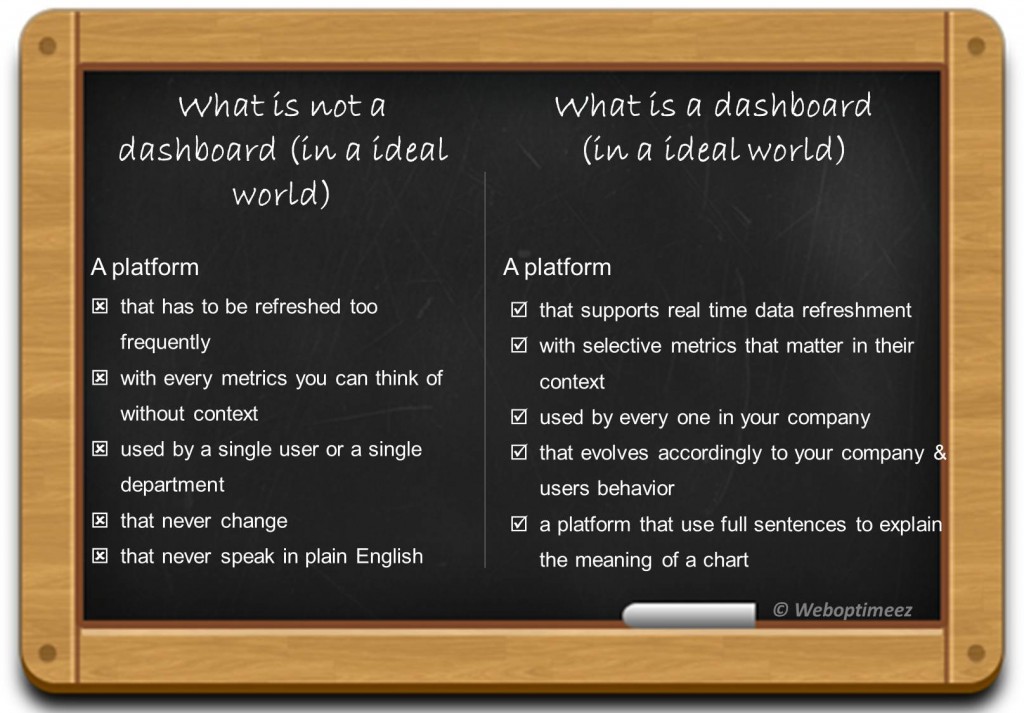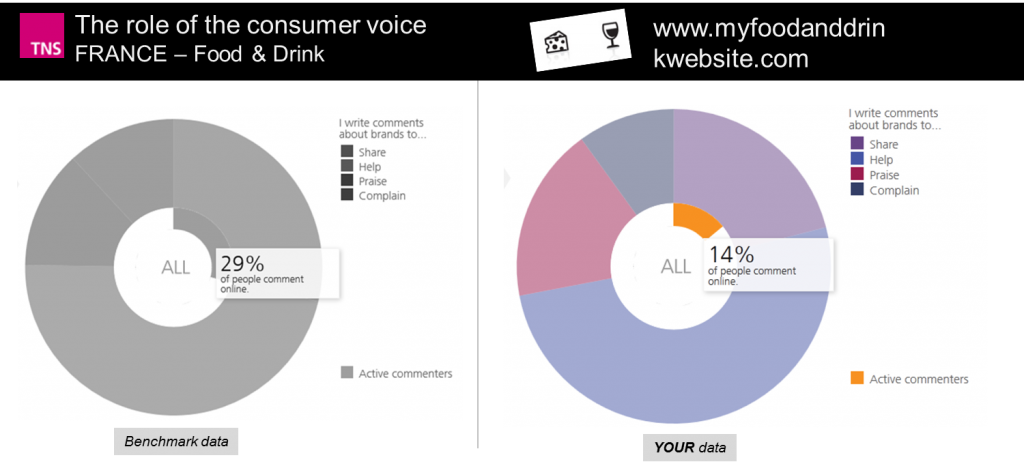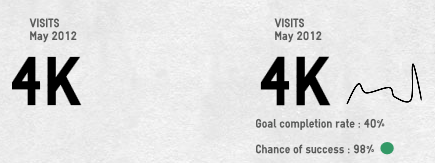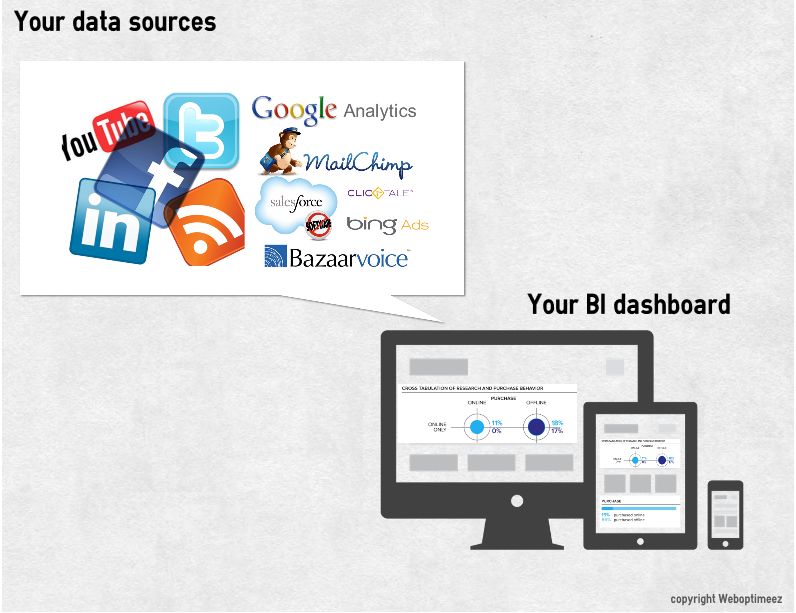Following my previous blog post about AdobeSummit, I’ll try in this blog post to list out everything that catch my attention. I’ll be undoubtfully missing a lot of what has been said but I’ll list also every other ressources available.
As usual, proud to be a data nerd thus data first!
Check out Summit by the Numbers by Michelle Kiss
Let’s start with the end:
-
“Adobe Sneaks”
-
Session Takeaways
- tip: Usage of processing rules or how to use processing rules to replace getQueryParam
- tip: Change segment for individual reportlet on a SC dashboard by clicking report suite name in the reportlet.
- tip: Correlation, Participation, and Pathing can all be enabled retroactively (to SC v15 upgrade date)
- tip: Apply segment and set rept/dashboard as landing page – will keep the segment every time you log in.
- tip: Conducting Cohort Analysis with Adobe SiteCatalyst
- spoiler: Upcoming release: All correlations enabled out of the box, no need to enable.
- spoiler: Coming soon! Latency notifications in SiteCat, so you know what you’re looking at.
-
Great ressources:
This session which took place at the end of the Summit exposed features that are either in development or beta testing.
Here they are:
#BoomData – bringing in through drag and drop external data such as offline data from a good old fashioned but reliable Excel file and overlaying SiteCatalyst and dashboards
#SeeAndBelieve – data-vizualisation oriented feature or next generation of Pathing reports, pivoting around any points, including conversion.
#QuickTrend – real time trends & insights collection for for content/conversion/acquisition with drill-able data.
#Automagic – next generation of existing SAINT feature, a rule builder application relying on Regex to facilitate campaign tracking codes or else classification – no more .tab file 😉 I love anything which sounds like automation…
#DAMVideo – video tapestry (rendering video into panorama image). a DAM video solution that renders a filmstrip-type view of each video.
#OnTheEdge – Not 100% sure to understand this one, what others say: Responsive design quick editor.
#ClickClickDone – Inline editing, adding components
#SweetEmotion – Emotion Engine based on tweets which sorts commentary by negative and positive sentiment.
#TweetBoost – analysis of “influencers” who are driving traffic to the sites by factors including retweets, clicks and conversions and paid views
#CMOBFF – tools for CMOs
If I had to choose, 2 out of those 10 sneaks really grab my curiosity : Automagic & BoomData, only because I can see a direct relation to my work and usage of Adobe Products. Let’s say 3 #QuickTrend, because it sounds promising even though I haven’t seen it in action.
Keynote Catch phrases
The Summit was the occasion to clarify the “mutation” for Adobe digital marketing products into 5 core solutions (Adobe Analytics, Adobe Media Optimiser, Adobe Social, Adobe Experience Manager and Adobe Target).
Adobe Analytics which is at the end my main concern, is split into 2 products Adobe Analytics Standard & Adobe Analytics Premium:
Quote from Tim Wilson, the main difference between both version is that Premium users will have access to Insight while Standards users will not.
I am not giving up on findings good stuff to share about the actual sessions which took place, however for now ressources are limited so stay tuned, as soon as I get access to some of those below, you will know. In the mean time, I shared some links about the SC advanced time-saving tips & have a look at the ressources below.
Digital Analytics
– Solving the attribution dilemma: Five keys to cross-channel ROI measurement
– Site Catalyst advanced: The time-saving tips you’re not using (Ben Gaines)
– New innovations for Mobile with the Adobe Marketing Cloud
– Predictive Marketing: Unearthing hidden behaviors and data patterns
Targeting & Optimization
– Adobe Test&Target: Essentials for building relevant, high-converting entry page experiences
– Adobe Test&Target: Closing the loop: A personalization blueprint for B2B & lead-gen marketers
– Adobe Test&Target: 2013 Conversion ROI All-Stars: trues stories of optimization success.
Blog Post suggestions to read:
The best advice from Adobe Summit 2013 from Ashley Huffman @chicktech
Adobe Gives Sneak Peek of Leading Edge Marketing Solutions
Four Takeaways from Adobe’s “Summit” Digital Marketing Conference from Bryan Yeager
Michelle Kiss & Tim Wilson – Official Summit Insiders
If you liked this post, spread the love!
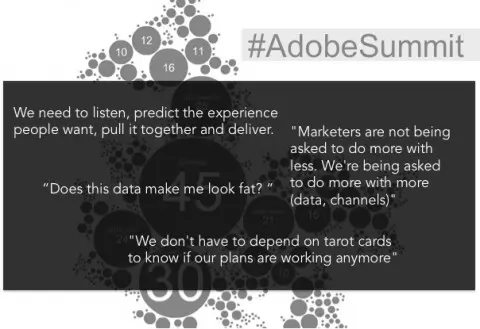


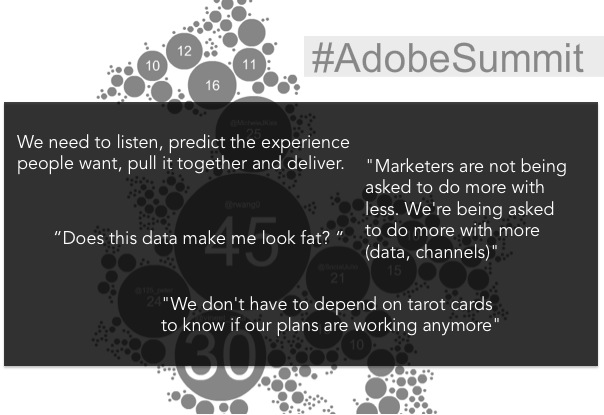
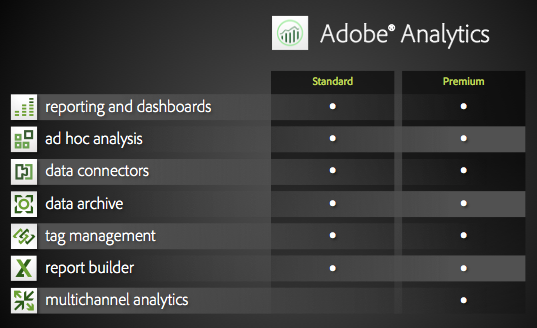
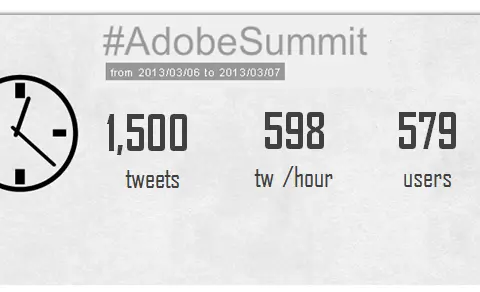
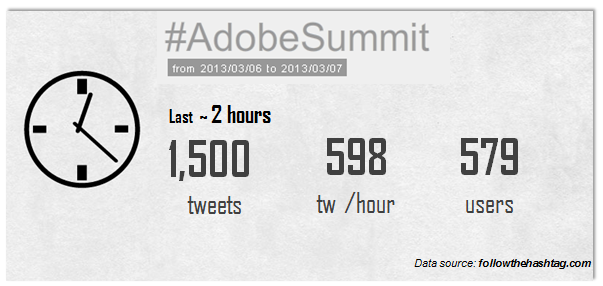
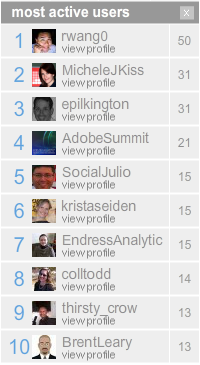
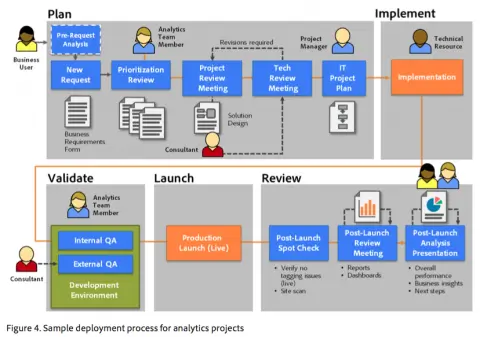
![Analytics project workflow [copyright Adobe]](https://www.weboptimeez.fr/wp-content/uploads/2013/02/Capture-d’écran-2013-02-24-à-13.32.48.png)
